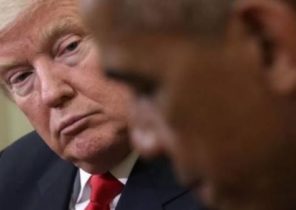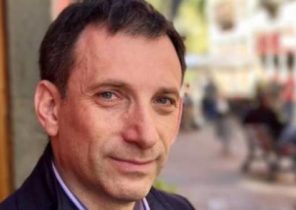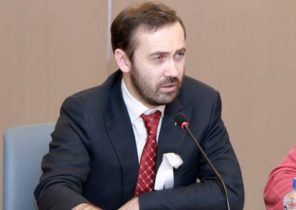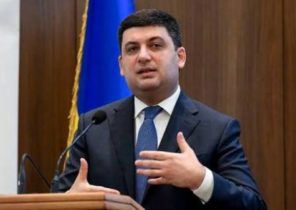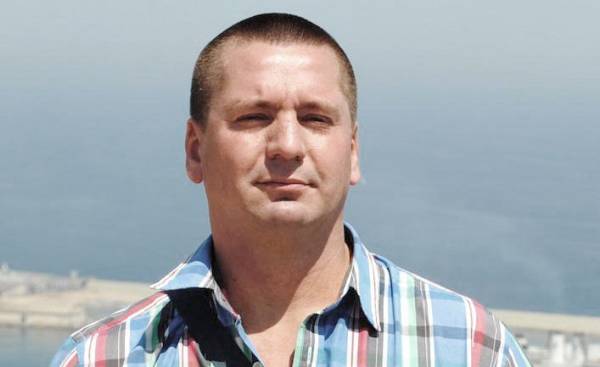
This week Australian media Corporation ABC (Australian Broadcasting Corporation), thanks to the leak of classified documents from the defense Department, began the publication of scandalous materials about how to carry out the operations of special forces of Australia in Afghanistan. A series of revelatory articles was named “the Afghan files”, and today she is causing a great resonance in Australian and British society.
It may also be noted that the publication of ABC is very similar to the investigation in the beginning of this year, which was held by the American news site The Intercept. Then, The Intercept published a lot of material, a straight line called “Crimes SEAL Team 6”. The article was about the crimes committed by the soldiers of the elite unit in Afghanistan.
The main charges
Special forces appeared in Afghanistan in the fall of 2001. By 2014 the bulk of the Australian contingent was withdrawn from Afghanistan but about 400 personnel continued to serve in the country as part of operation Resolute support. Through the war in Afghanistan was about 26 thousand Australian military. 41 Australian killed and more than 260 were injured.
According to the documents, from 2009 to 2013 recorded at least ten occasions, when special forces of Australia dispute led to the shooting, killing unarmed Afghans, including children.
Two incidents both occurred in September 2013, is being investigated. In one case, during a RAID in the house was killed by Afghan and his sleeping six-year-old, second — Afghan prisoner, trapped alone with an Australian soldier who attempted to seize his weapon and was shot.
In the second case, the division investigators of the Investigative service of the armed forces of Australia and said that they will investigate the involvement of the soldier to war crimes and deliberate killings. The commandos refused to cooperate with the investigation and announced that a warrant of investigation is not valid. The investigators threatened to take away the weapons of the soldier force. The weapons still gave the examination, the matter was hushed up, but in the end it turned out that the warrant really was invalid.
In 2012 the Australians killed two unarmed Afghans. In 2013, the same year the Australians opened fire on two unarmed Afghans on a motorcycle: the driver was killed. After this incident, the Afghans threatened to break off relations with the Australians and the Afghan authorities demanded to investigate the incident.
Then the Australian defense Department has tried to clarify the rules of engagement, but in practice this was of little use. Allowed, for example, to open fire on the motorcyclists, who spoke on the radio, acting like scouts for the Taliban or their movements could achieve “tactical advantages” on the ground. To solve, scout unarmed motorcyclist or not, had the soldiers themselves according to the situation.
However, there were other stories. In 2009, the indoor shoot an Afghan, evidence of the involvement which the Taliban was never found, the special forces threw grenades. In the room were children. Killed five children. In 2013, Australians had requested the air strike on the enemy, who were at the distance of 1.3 kilometer. An American helicopter also attacked other people in hundreds of yards, killing the Afghan Teens and their donkeys.
In 2013, the Australians during the Stripping of the buildings in search of Taliban opened fire on the person that sent the gun at them. Indoors under the blankets, as it turned out, was hiding the boy. He got shot in the stomach and died from his wounds. The boy’s family as compensation paid $ 1,500.
Cut brush
In the scope of special attention in Australia came case when in April 2013, the Australian commando with a scalpel cut off the brush of the right hands of three dead Taliban. The scandal erupted in 2013, but now with the leaked documents, it became clear what had happened.
Partner soldier then explained the deed colleagues the fact that it is a tactical necessity, as there was no time to take fingerprints or scan the eyes of the dead, and at that time there was an order to evacuate from the scene by helicopter.
As it turned out, nine days before the Investigative service of the armed forces of Australia carried out in the unit workshop, where he explained the need of identifying the dead and the collection of fingerprints, including those discussed and identification of the parts of the body. Most likely, the soldiers took the words of the investigators as a direct guide to action.
Due to the incident severely strained relations between the officers of the Australian special forces and the Investigative service of the Armed forces of Australia, when both structures began to accuse each other of shifting responsibility.
Reaction and conclusions
The press and the public responded unequivocally: the new accusations of the Australians in the war crimes shed light on the culture of impunity, recklessness, indifference to the lives of Afghans among special forces.
Moreover, according to some commentators, the environment of concealment of crimes, the desire to “shoot first and ask questions later” tactics to compiling “black” list to eliminate and raids to capture and destroy targets of opportunity directly leads to the fact that ordinary Afghans are starting to support the Taliban, and the credibility of Western military itself just disappears.
As allegations of war crimes increasingly appear in relation to both American and British, and Australian special forces, there are questions about the overall effectiveness of the punitive raids as such, and the widespread and broad use by Western countries of special forces operations, which are often based on weak, inaccurate intelligence information. Assault on specific targets and sweep the village courtyards one after another in the hope of finding suspects is still different things. A special unit is not the police and not the usual conventional troops.
Sixteen years of war in Afghanistan and hundreds, if not thousands, of raids did not destroy the Taliban and did not diminish their support for the population. In 2002, Taliban forces were determined at seven thousand men, in 2016 there were already 25 thousand. Raids and many victims on both sides did not change the course of the war.

